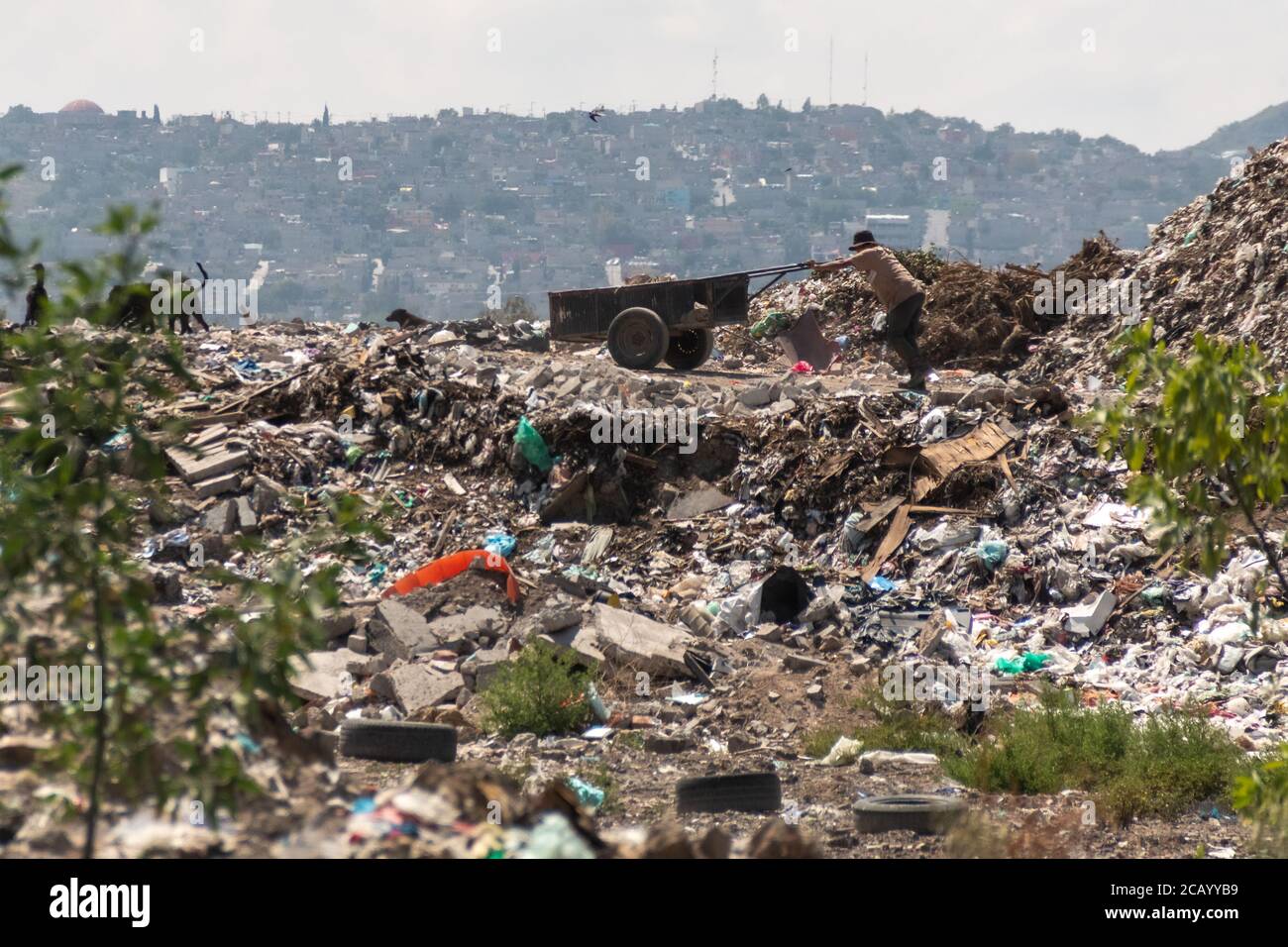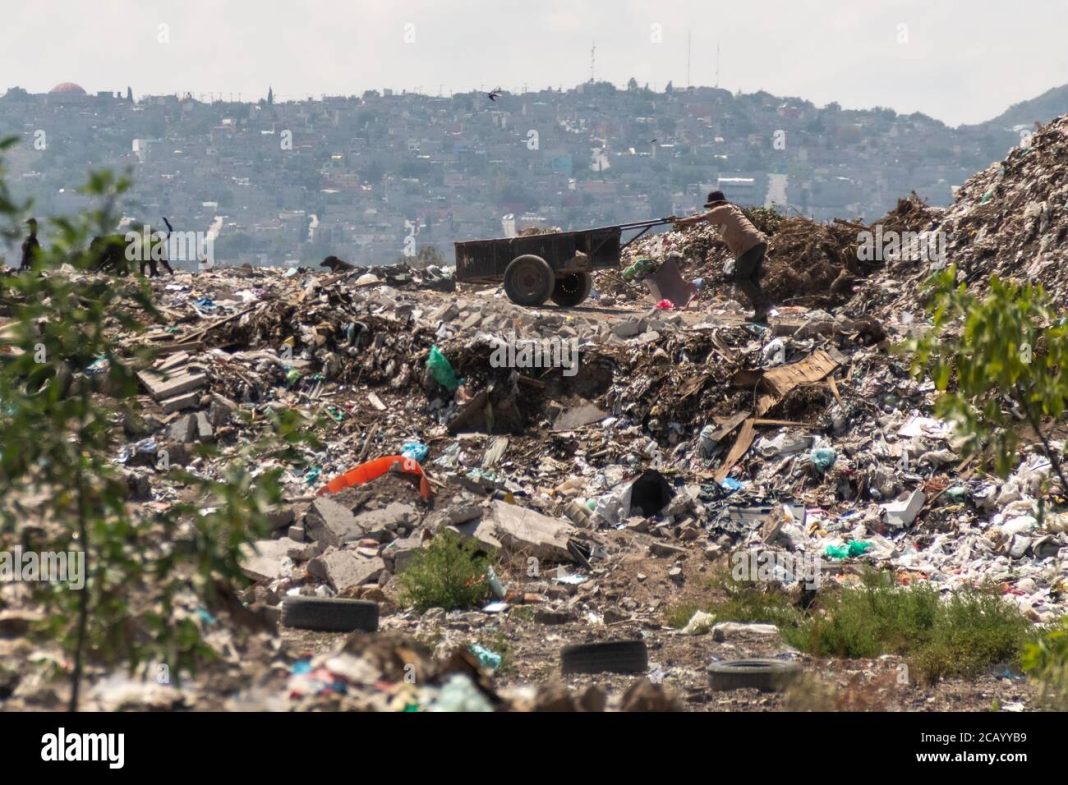 Cleaning Up Mount Everest: A Daunting Task Faced by Sherpas and Soldiers
Cleaning Up Mount Everest: A Daunting Task Faced by Sherpas and Soldiers
Introduction:
The highest camp on Mount Everest, the world’s tallest mountain, has become a dumping ground for garbage and dead bodies, creating an environmental and logistical challenge for those tasked with cleaning it up. A team of Sherpas, led by Ang Babu Sherpa, recently worked to clear the trash and retrieve bodies from the mountain, but the scale of the problem remains immense.
The Mount Everest Cleanup Effort:
During this year’s climbing season, a Nepal government-funded team consisting of soldiers and Sherpas successfully removed 24,000 pounds of garbage, four dead bodies, and a skeleton from Everest. However, according to Ang Babu Sherpa, there may still be as much as 88,000 to 110,000 pounds of garbage left at South Col, the last camp before climbers attempt to reach the summit. The garbage includes old tents, food packaging, gas cartridges, oxygen bottles, tent packs, and climbing ropes.
Historical Context:
The accumulation of garbage on Mount Everest is not a recent phenomenon. Since the mountain was first conquered in 1953, thousands of climbers have scaled its heights, often leaving behind more than just footprints. The majority of the garbage found today is from older expeditions. However, recent years have seen improvements in waste management practices due to a government requirement that climbers bring back their garbage or risk losing their deposits. Additionally, climbers are becoming more aware of the importance of preserving the environment.
Challenges Faced by the Cleanup Team:
The cleanup effort on Mount Everest is not without its challenges. Ang Babu Sherpa highlighted the severe weather conditions and high altitude as major obstacles. The South Col area, where much of the garbage is located, experiences low oxygen levels and sudden blizzard-like conditions. Working in such extreme conditions for extended periods is not feasible due to the low oxygen levels. Moreover, the garbage is frozen within ice, making it difficult to dig out and break apart.
The Process of Cleanup:
Removing the garbage and bodies from Mount Everest requires extensive effort and coordination. The Sherpas focused on collecting garbage and bodies from the higher-altitude areas, while the soldiers worked at lower levels and the base camp. Due to deteriorating weather conditions, the team had to temporarily retreat to lower camps before resuming their work. One body was found in a standing position deep within the ice, requiring two days to dig out. Another body was located at a higher elevation and took 18 hours to drag to Camp 2, where it was eventually airlifted by helicopter.
Disposal and Recycling:
Once the garbage and bodies were successfully retrieved, they were transported to Kathmandu. Three tons of decomposable items were taken to villages near Everest’s base, while the remaining eight tons were carried by porters and yaks before being transported by trucks. In Kathmandu, the waste was sorted for recycling at a facility operated by Agni Ventures, an agency dedicated to managing recyclable waste. Surprisingly, some of the oldest waste received dated back to 1957, highlighting the historical accumulation of garbage on the mountain.
Insights from Sushil Khadga:
Sushil Khadga, an agency representative involved in the recycling process, provided insights into why climbers often leave garbage behind. He explained that at such high altitudes, where life is extremely difficult and oxygen levels are low, climbers and their helpers prioritize their own survival over environmental concerns. This mindset has contributed to the accumulation of garbage on Everest over the years.
Conclusion:
Cleaning up Mount Everest is a tremendous undertaking that requires the combined efforts of Sherpas, soldiers, and government initiatives. While progress has been made in recent years to reduce the amount of garbage left behind by climbers, there is still much work to be done. The challenges posed by extreme weather conditions, high altitudes, and frozen garbage make the cleanup process arduous. However, with continued awareness and efforts, Mount Everest can be restored to its pristine state, ensuring the preservation of this natural wonder for future generations.


